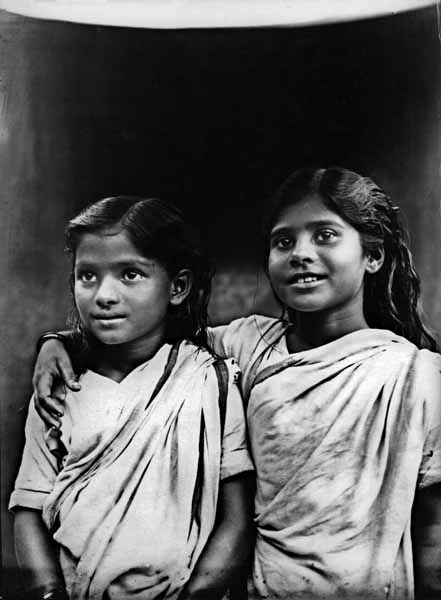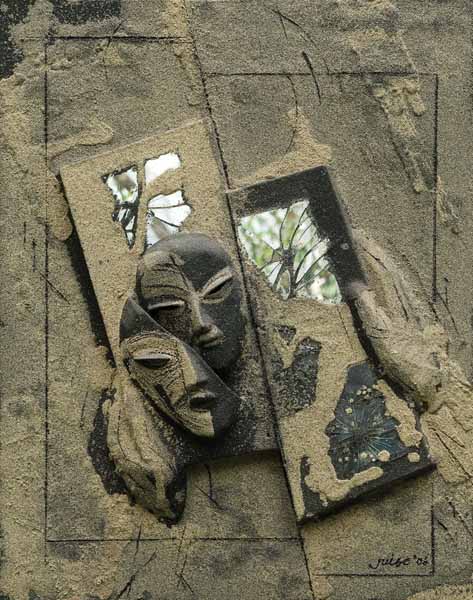Shahidul Alam in an interview with New Age
by Rahnuma Ahmed
Media reports on “Crossfire” exhibition
Latest report in Indepndent
Shahidul Alam?s exhibition, ?Crossfire? (a euphemism for extrajudicial killings by the Rapid Action Battalion), was scheduled to open on March 22, at Drik Gallery, Dhaka. A police lockup of Drik?s premises before the opening prevented noted Indian writer and social activist Mahasweta Devi from entering, forcing her to declare the opening on the street outside Drik. The police blockage was removed soon after Drik?s lawyers served legal notice and the lawyers had moved the Court, and after Government lawyers i.e., the Attorney Generals office, had contacted the Dhaka Metropolitan Police Commissioner?s office, and the Home Ministry, during the hearing?on the government. The court commented that even after repeated rules had been issued on the government, crossfire had continued to occur. The court?s response and subsequent events enabled Drik to open the exhibition for public viewing on March 31.
 |
| Shahidul Alam in front of a collage, part of his Crossfire exhibition. Cartoon in the background of Home Minister Sahara Khatun, ?No crossfire killing taken place?. ? Wahid Adnan/DrikNEWS |
You work in the documentary genre, this work is show-cased as being symbolic, interpretive. Does this mean a change in genres?
I find these categorisations problematic. I see myself as a storyteller. There?s fiction and non-fiction. This is clearly non-fiction, though it draws upon many of the techniques that fiction would use. The allegorical approach was deliberately chosen as I felt it had, in this instance, greater interpretive potential than the literal approach. Quite apart from the fact that one could hardly expect RAB to allow photographers to document their killing (they do sometimes have TV crews accompanying them on ?missions? but they are never allowed to be there during ?crossfire?), I felt that showing bodies, blood and weapons would not add to the understanding people already had. We are not dealing with lack of knowledge. ?Crossfire? is known and, in fact, it is because it is known that the exhibition is seen as such a threat. So, while reinforcing the known with images would have a value, it would be unlikely to be as provocative as these more subtle but haunting images are likely to be.
I wanted the images to linger in people?s minds, perhaps to haunt them. They are desolate images, quiet but suggestive. The attempt is not one of inundating the audience with information, but leaving them to meditate upon the silence of the dead.
Crossfire deaths continue despite regime changes. How do you view this?
Criminals have survived because of patronage of the powerful. The removal of criminals, through ?crossfire?, does not affect the system of control, but merely substitutes existing criminals for new ones. This is why crimes continue unabated under RAB. All it does is to undermine the legal system. Unless serious attempts are made to remove such patronage and, better still, catch the godfathers, the extermination of thugs and local-level criminals (and many innocent people are also killed) will have no effect on crime. The ruling elite knows this. So why use RAB at all? I believe it is to keep control. Dead criminals don?t speak. Don?t give secrets away. Don?t take a share of the spoils. They are disposable, and RAB is the disposal system.
Every government has used RAB and other law enforcement authorities to remove troublemakers. Bangla Bhai had become a liability when he was apprehended. He didn?t die in crossfire, but was hurriedly hanged all the same despite the fact that he wanted to talk to the media as he had ?stories to tell?. Dead people don?t tell stories. So, all governments would rather have RAB, to clean up their mess, than be confronted by their own shadows.
A change of government does not change this structure.
The inclusion of the Google map has turned this exhibition into a collective, history-writing project. Why that added dimension?
Art projects are generally about the glorification of the artist. The audience is generally a passive recipient. I see this as a public project. I have a role to play as a storyteller, but my work is informed by not only the collective work of my co-researchers, but also that of human rights groups, other activists, and most importantly by the lives, or deaths, of the people whose stories are being told. The survivors, the witnesses and others affected by these deaths are important players in this story and it was essential to find a way to make this project inclusive. I would be kidding myself if I assumed this show would put an end to extrajudicial killings. I also believe there are still many unreported cases.
The Google map has the twin benefits of being interactive and open. We have already been told of one person who had been crossfired but his name hadn?t come up in the archival research.
The internet will also allow a much wider participation than might otherwise have been possible.
Besides the Awami League?s electoral pledge of stopping extrajudicial killings, it had also promised us a ?digital Bangladesh?. I think it is appropriate that this digital Bangladesh be claimed by the people.
What is the significance of research?in the sense of dates, names, places, events?for this project, and for the exhibition?
The assumed veracity of the photographic image is an important source of the strength of this exhibition. We have deliberately moved away from the mechanical aspect of recording events through images, but supplemented it by relating the image to verifiable facts. Meticulous research has gone into not only providing the context for the photographs, which has been included in the Google map, but each image, in some way, refers to a visual inspired by a case study. By deliberately retaining some ambiguity about the ?facts? surrounding the image, we invite the viewer to delve deeper into the image to discover the physical basis of the analogy, and to reflect upon the image. The photographs therefore become a portal through which the viewer can enter the story, rather than the story in itself. Yet, each image, relates to a finite, physical instance, that becomes a reference point for a life that was brutally taken away.
Your exhibition is political, with a capital ?P?. Why is political engagement generally not seen in the work of Bangladeshi artists?
Art cannot be dissociated from life, and life is distinctly political. To paraphrase the renowned Palestinian cartoonist Naji al-Ali, the price of tomato is political. However, life is also nuanced and multi-layered. Our art practice needs to be critically engaged at all levels. While the war of liberation is understandably a source of inspiration for many artists, there are many other wars of contemporary life that seem to slip from the artist?s canvas. Most artists, with some exceptions of course, claim they produce art merely for themselves. I don?t believe them. Of course there is great joy in producing art that pleases oneself. But I believe art is the medium and not the message, and all artists, I suspect, want their art to have an effect.
I know it is pass? in some quarters to be producing art that is political. Being apolitical is a political stance too. While I can understand schools of thought that have rebelled against the traditional trappings of art, I do not see the point of producing art that is not meaningful. Strong art is capable of engaging with people. It is that engagement that I seek. My art is merely a tool towards that engagement.
I understand what you mean. A lot of the artwork that?s being produced in Bangladesh stems from commercial interests. Producing formulaic work that sells is the job of a technician and not an artist. Sure, an artist needs to survive and we all produce work which we hope might sell, but once that becomes the sole purpose of producing art, one is probably not an artist in the first place.
There is a strong adherence in Bangladesh to an antiquated form of pictorialism. This applies both to representational and abstract art. Ideas seem to take back stage. While I?m wary of pseudo intellectualisation of art, I must admit that the cerebral aspects of art excite me. The politicisation is an extension of that process.
Books on crossfire have been published, roundtable discussions have been held. Why did the government react as it did, do you think it says something about the power of photography?
The association of photographs with real events makes the photographer a primary witness, and thereby the photograph becomes documentary evidence. This makes photography both powerful and dangerous. Way back in 1909, much before Photoshop came into play, Lewis Hine had said ?While photographs may not lie, liars may photograph.?
Today, liars who run corporations and rule powerful nations, also have photography at their disposal. This very powerful tool is used and abused, and it is essential that we come to grips with this new language. Advertising agencies with huge budgets use photography to shape our minds about products we buy. Politicians and their campaigns are also products that we, as consumers, are encouraged to buy into. I see no restrictions on the lies we are fed every day through advertising or political propaganda. It is when the public has access to the same tools, and in particular when they use it to expose injustice that photography becomes a problem. These seemingly ?innocent? photographs become charged with meaning as soon as we learn to read their underlying meaning. This makes them dangerous.
Perhaps this is also why photographic education has been systematically excluded from our education system. A tool for public emancipation will never be welcomed by an oppressive regime. And we will have oppressive regimes for a while to come.
?Crossfire? was curated by an international curator, and you yourself have curated exhibitions abroad. Do you think international curators are more likely to engage with work such as ?Crossfire? on the basis of aesthetic considerations rather than lived, political ones, since s/he will ?be less knowledgeable about its history, meanings, metaphors, how the government has manufactured popular consent, resistance, etc. For instance, and you mention it in the brochure: John Pilger, the well-known journalist, had written when Barrister Moudood Ahmed had been arrested during the Fakhruddin-Moeenudin regime, he?s ?a decent, brave man.? And of course, it?s quite possible that Pilger didn?t know that the Barrister saheb, as law minister, was one of the political architects of RAB.
Ah yes, Pilger bungled that one. I think artistic collaborations create new possibilities. Our art practice is so often informed by western sensibilities that we at Drik deliberately explore southern interactions. The discussions between Kunda Dixit of Nepal and Marcelo Brodsky of Argentina in Chobi Mela V (our festival of photography) pointed to the remarkable similarity between the political movements in Peru and in South Asia. This made the inclusion of a Peruvian curator even more interesting, and Jorge Villacorte is a respected Latin American curator and art critic. Several other recognised international curators, from Lebanon, Tangiers and Italy had seen the show. I was somewhat surprised that while they introduced interesting ideas about curatorial and art practice and were hugely appreciative of the aesthetic and performative elements of the work, not one of them ever asked me about the impact it might have upon crossfire itself. Though it would be arrogant to suggest that this show would put an end to that.
As someone deeply in love with my country (I find words like patriotic and nationalistic problematic), my primary concern is the welfare of my community. If my work can contribute to improving the lives of my people, I will have been successful, regardless of how my art is perceived by critics. If the work is perceived as great art, but fails in its ultimate goal of furthering the cause of social justice, then I will have failed.
That said, the exhibition was only a small part of the larger movement for democracy. The activism surrounding the show, the legal action, the media mobilisation, and the spontaneous popular actions were all part of the process. The international curator had an important role to play, but only as a point of departure. We have since had students critiquing the curatorial process, where they have brought in elements relating to their political practice and social concerns. The debate resulting from the work is more important than the work itself. But it is the power of art, and particularly photography that makes such actions so vital.
There is an interesting sub-text to this exercise. The dinosaurs of Bangladeshi art have been incapable of recognising photography as an art form. Photographers are still not invited to participate in the Asian Biennale (though foreign photographers have even won the grand prize in the event). There is still no department of photography in either Shilapakala Academy (the academy of fine and performing arts) or Charukala Institute (the institute of fine arts). These are 19th-century institutions operating in the 21st century. It is interesting however, that while Charukala Institute refused to show my work in 1989, because it was a photographic, and not a painting, exhibition, it was the students of Charukala Institute who organised the first public protests when the police came and blockaged our gallery to prevent the opening of the Crossfire exhibition. It is reassuring that the students at least can raise their heads and look above the sand.
Drik under Crossfire (Independent)
Posted in New Age on 8th April 2010
Media reports on “Crossfire” exhibition

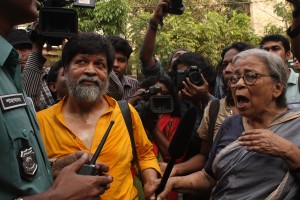
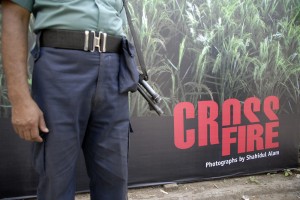
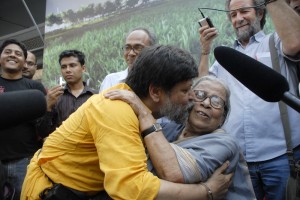
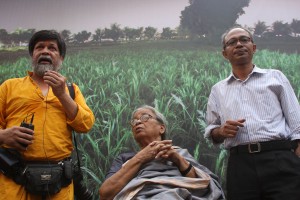
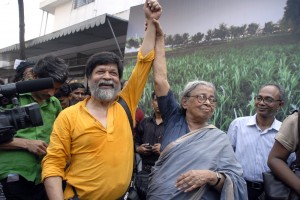
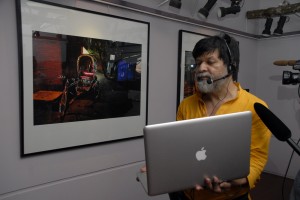
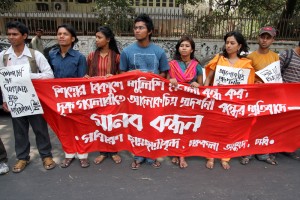
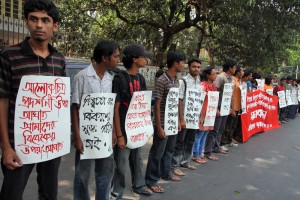
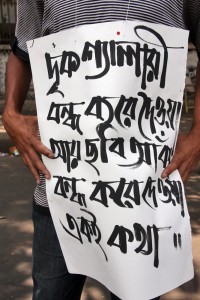
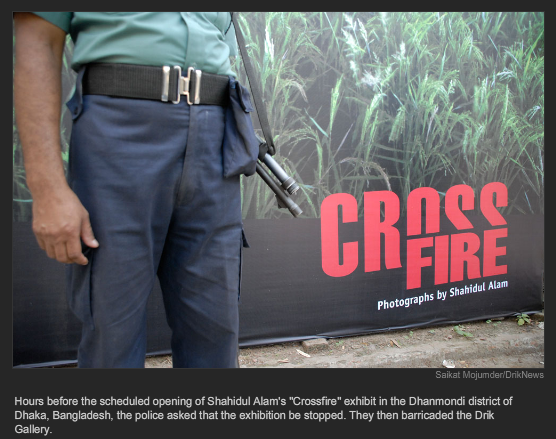













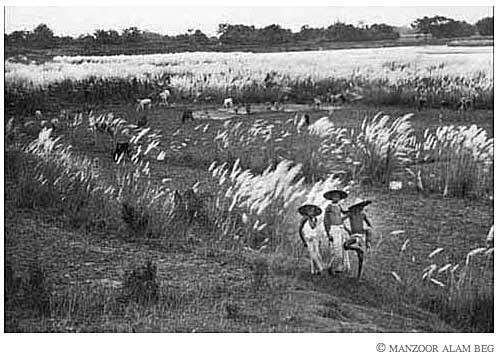
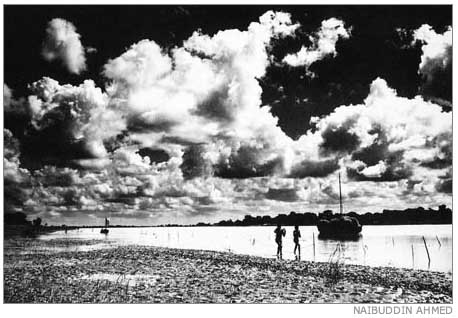
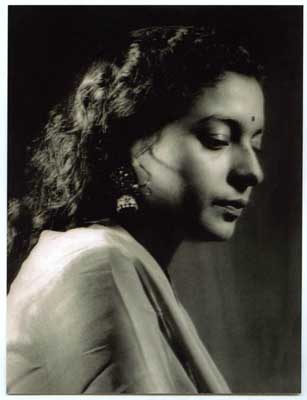
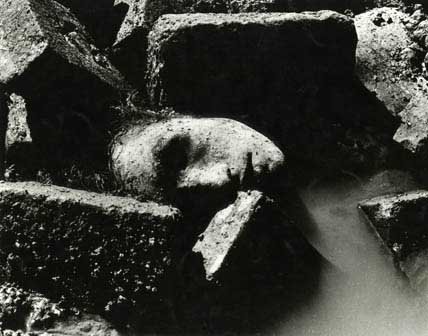
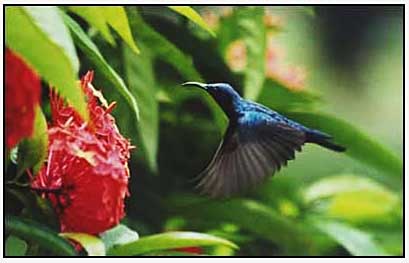
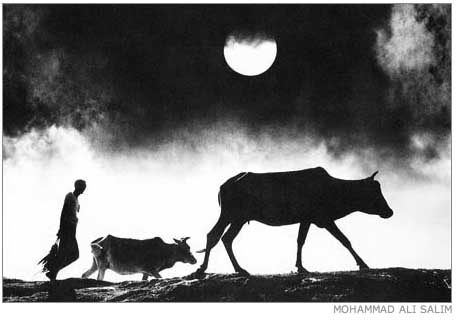
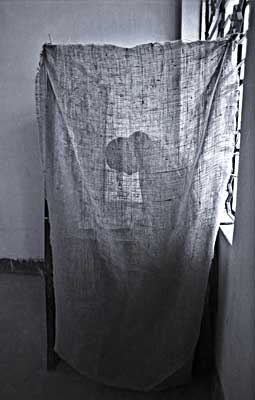
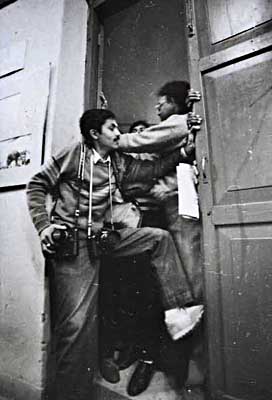
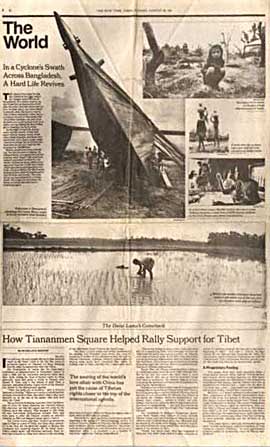
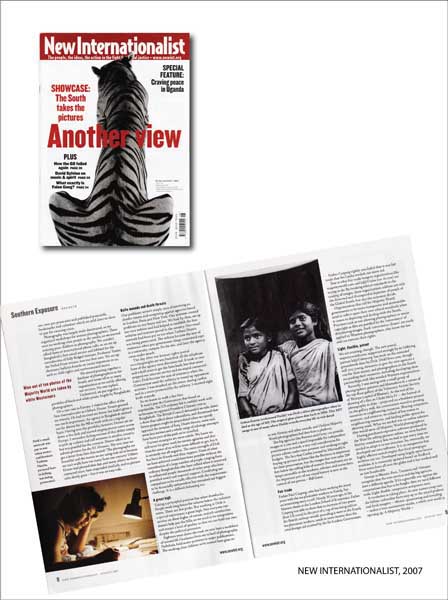
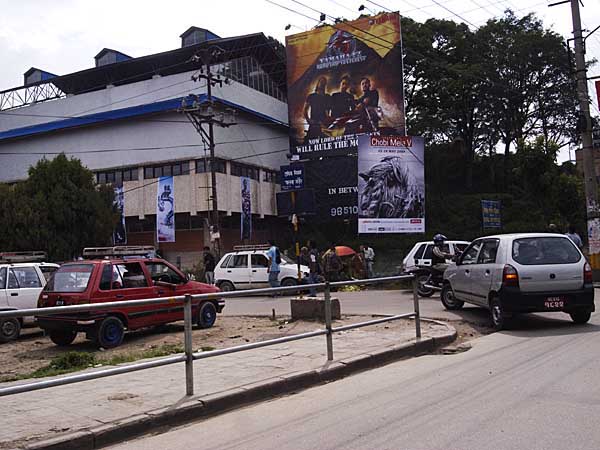

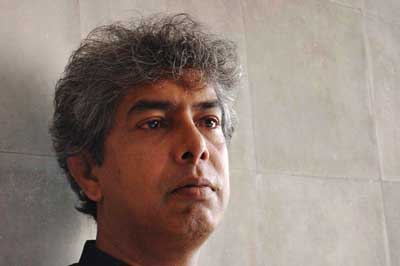
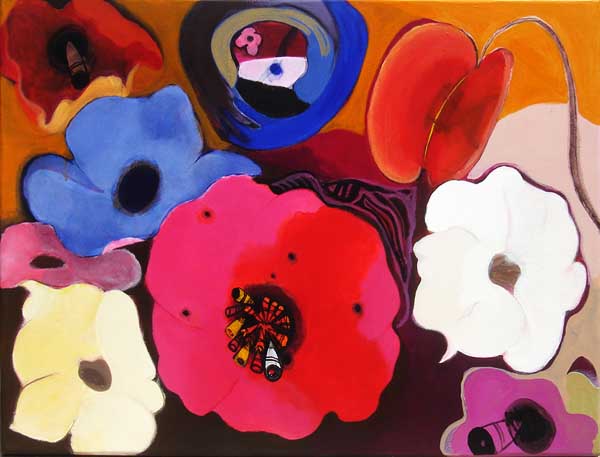
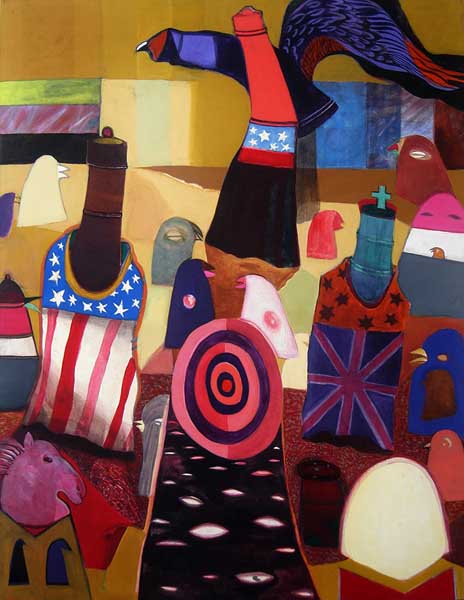
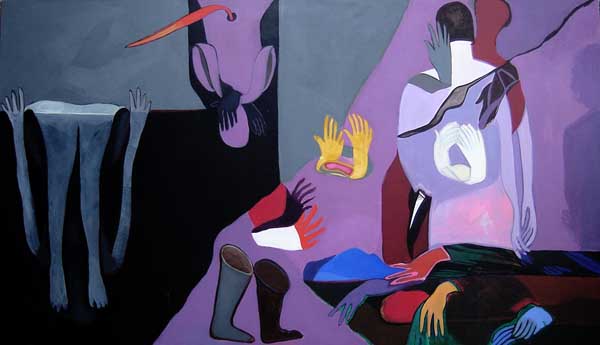
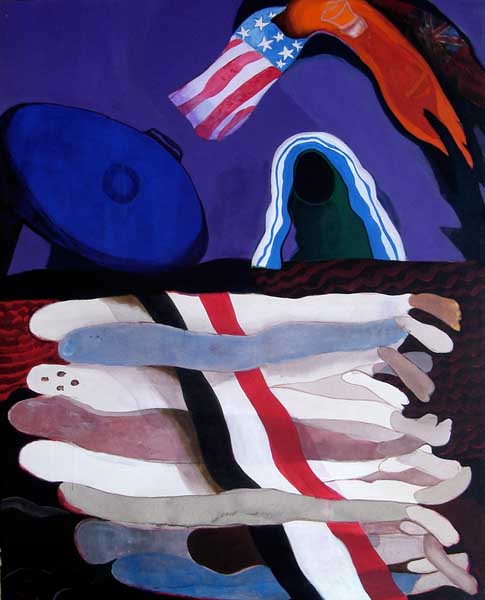
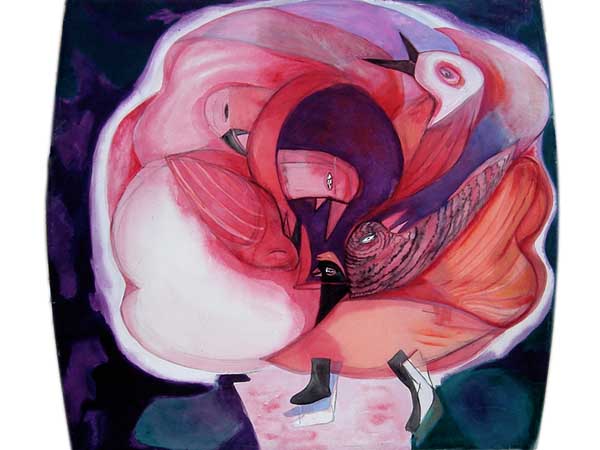
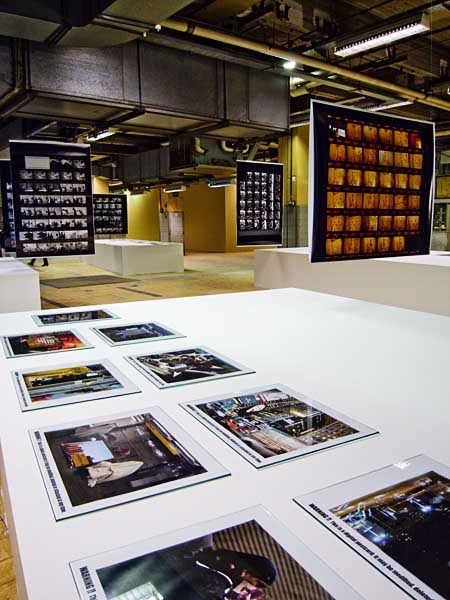

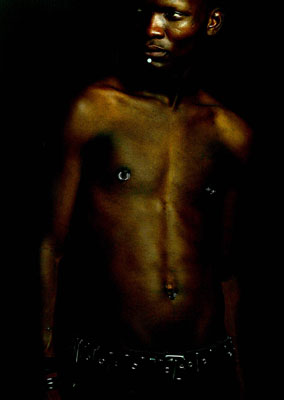
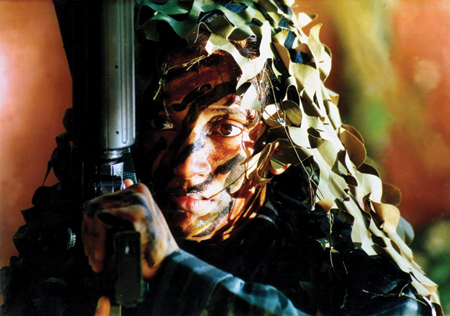
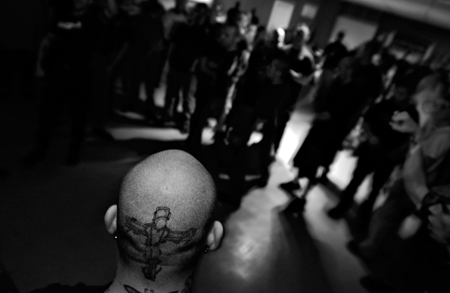
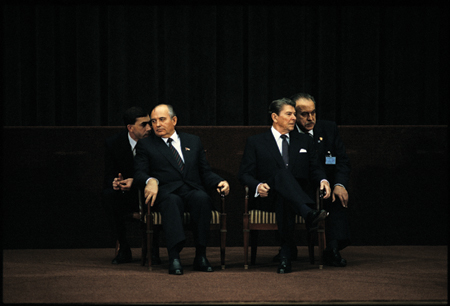
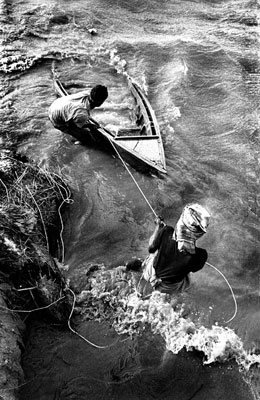
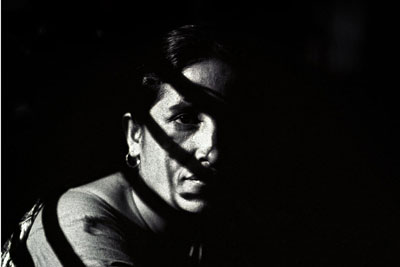
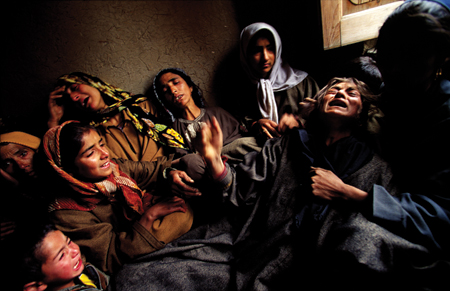
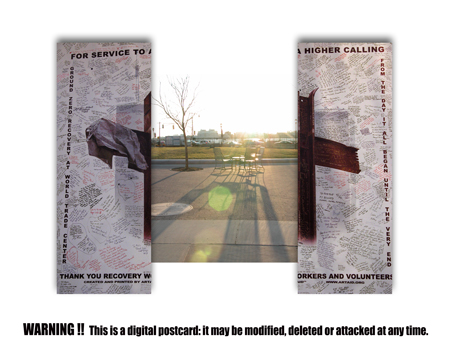
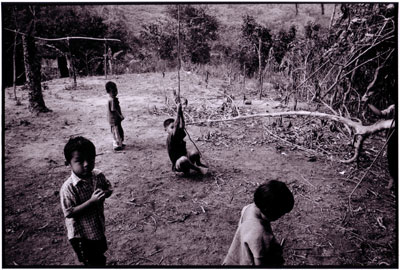
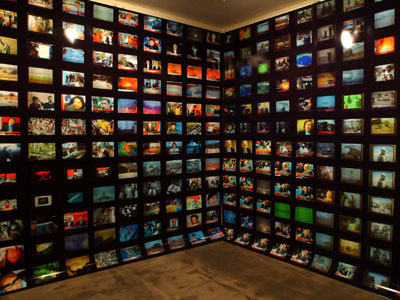
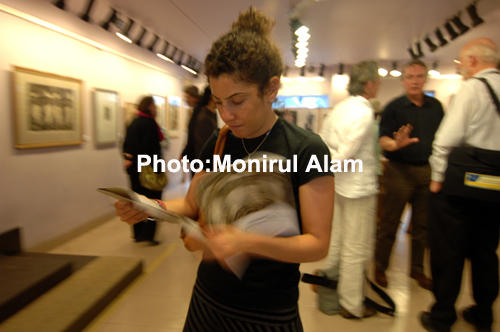

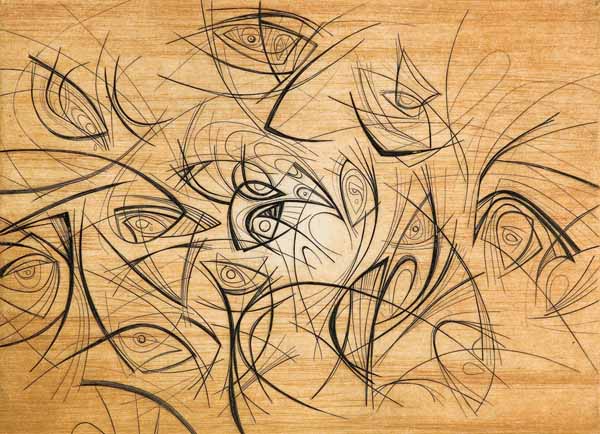
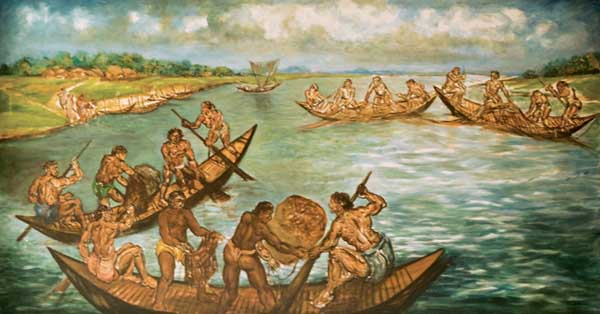 S M. Sultan @ Drik Gallery
S M. Sultan @ Drik Gallery